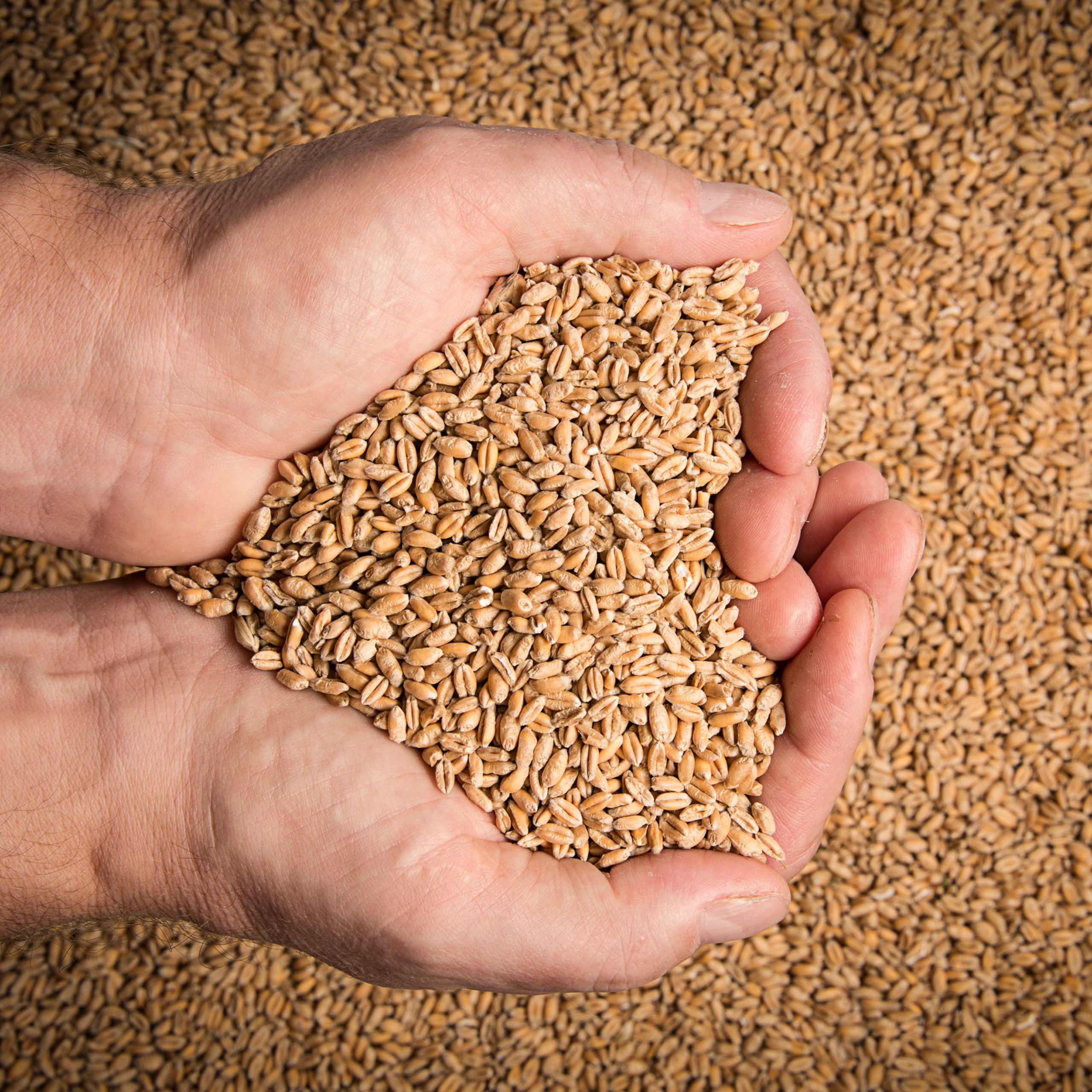In principle, flour has a very long shelf life as it is a dry product.
It is important that flours and other cereal products are stored in a cool, dry, airtight place and protected from pests. Since food moths also feed on paper, flour should be transferred to airtight glass, plastic, or ceramic containers.
Lighter flours can be stored for about 12-18 months if stored correctly.
Darker or whole grain flours can be stored for about 8-12 months if stored correctly. Since whole grain flours also contain the outer layers of the ground grain and the germ, they may become rancid more quickly.





